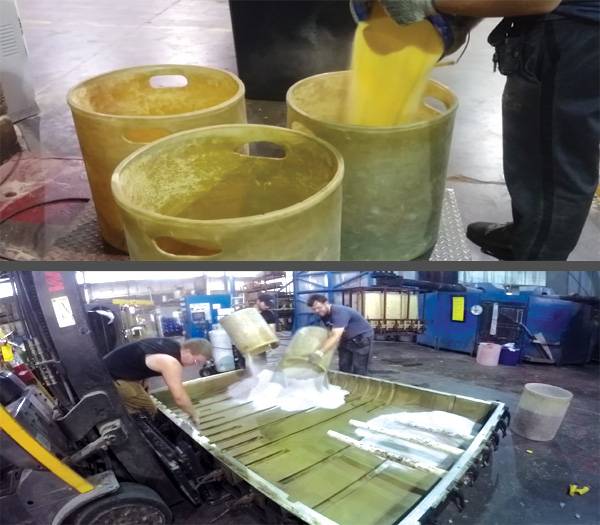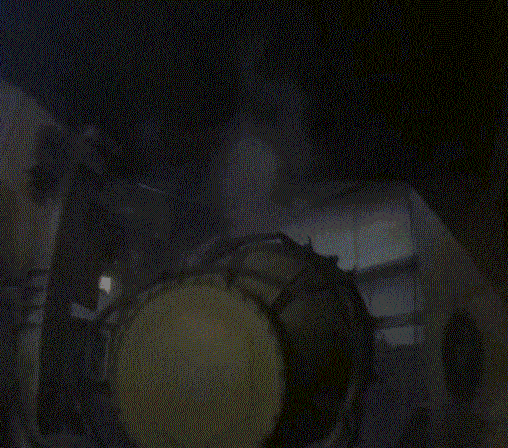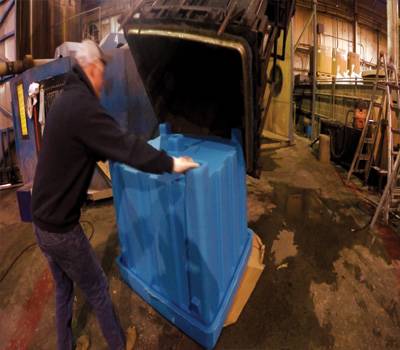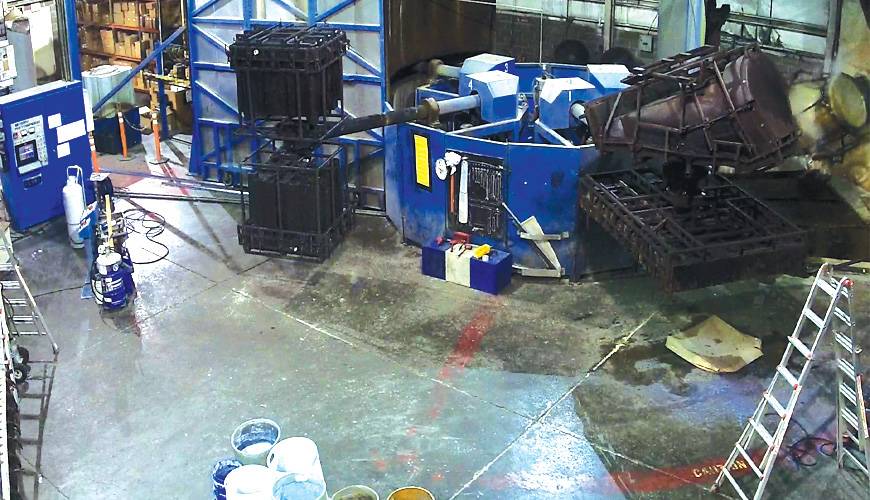Rotational Molding Process
Rotational Molding is an extremely specialized process used to create exceptionally long lasting and durable plastic parts. Rotational molding utilizes a mold to manufacture the parts like most plastics processes but unlike most other plastic manufacturing no pressure is used to move the material through that mold. Instead, Heat is used to melt and fuse plastic resin in a closed mold rotating on two axes. Let’s take a closer look at this process.
Rotational molding is a four-stage process.
Stage One: Loading
The first step is loading the resin in the mold. Pulverized material in a fine powder form is loaded into the prepared mold. The mold is then secured closed and rotated to ensure no powder is able to escape.
(Bottom) Material being loaded into a Mold.
Stage Two: Heating
The mold is then moved into the heating chamber of the oven while rotation on two axes at a low speed thus both distributing and fusing the resin.
Stage Three: Pre-cooling and Cooling
After completing the cook cycle, the mold is then moved to the cooling chamber and cooled by air or water spray or a combination of both, while still rotating, thus lowering the temperature in a gradual manner.

Stage Four: Unloading
The mold is opened, the finished part is removed and the mold is prepared for the next cycle.
A variety of materials are available for rotational molding though the most widely used is polyethylene. Other potential materials include plastisols, nylon, fluoropolymers, polycarbonate, polypropylene, polyurethane, and elastomers. Through rotational molding parts can be manufactured economically, in small or large quantities and in a variety of shapes and sizes, many of which would be impossible to produce by any other process.

Commonly rotationally molded products Laundry carts, Chemical tanks, Playground equipment, Shipping containers, pallets, bins, trash cans, liners, secondary containment tubs, buoys, septic tanks, piping, barriers, agricultural tanks, bulk storage containers, machine housings. To find out if your project would be benefit from the rotational molding process contact Granger Plastics Company at 513-424-1955 for a thorough evaluation and quote. Learn more about Rotomolding, the plastics manufacturing process and the requirements for success in rotational molding in the rotomolding informational series below.




